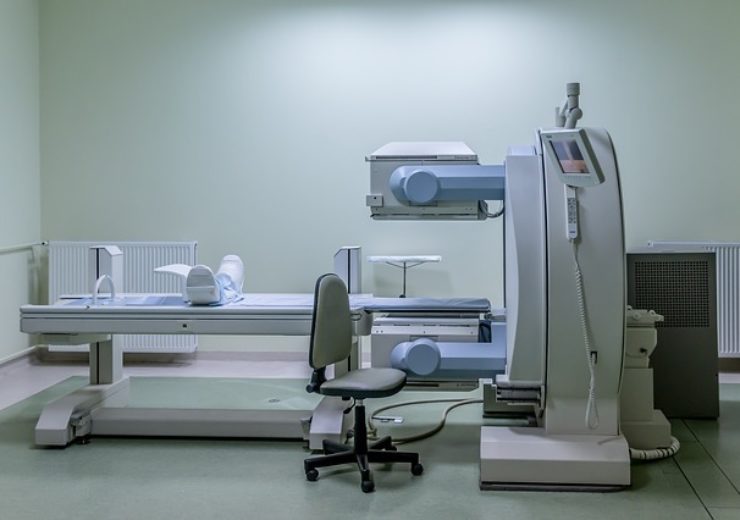A new 510(k) clearance expands the capacity of the first FDA-cleared computer-aided breast cancer diagnostic system

Image: Qlarity Imaging adds breast MRI biopsy guidance to QuantX. Photo: Courtesy of Michal Jarmoluk from Pixabay.
Qlarity Imaging, which developed the first FDA-cleared computer-aided breast cancer diagnostic system, announced today it will introduce complementary software to support radiologists in MRI-guided procedures. The clearance effectively makes QuantX the first end-to-end MRI solution of its kind.
The QuantX Breast MRI Biopsy Guidance Plugin — which received 510(k) clearance from the U.S. Food & Drug Administration — expands the capabilities of Qlarity Imaging’s innovative artificial intelligence tool. QuantX now has the capacity to aid radiologists in breast lesion detection, diagnosis and biopsy guidance.
“Expanding QuantX to provide biopsy guidance addresses the need for a solution that supports multiple steps in the patient journey,” said Meg Harrison, Chief Operating Officer of Qlarity Imaging.
The newly-announced module will assist radiologists in planning MRI-guided interventions. It uses information from MRI images to calculate the precise location and depth of the targeted lesion, as well as the recommended location and depth for inserting a biopsy needle. This builds on QuantX’s existing ability to improve radiologists’ interpretations of medical images through an AI algorithm, which provides a single numeric value, called a QuantX ScoreTM, related to the probability of malignancy.
“Radiologists now have a comprehensive AI-enabled solution for breast MR image review and procedures,” said radiology professor Gillian Newstead, M.D., advisor to Qlarity Imaging. “QuantX has improved our ability to identify and diagnose regions of interest, and now supports biopsy procedures too.”
A clinical study demonstrated the effectiveness of QuantX at helping radiologists interpret cancerous and non-cancerous breast lesions, leading to a 39% reduction in missed breast cancers without a reduction in specificity, as well as a 20% overall diagnostic improvement.
Source: Company Press Release
